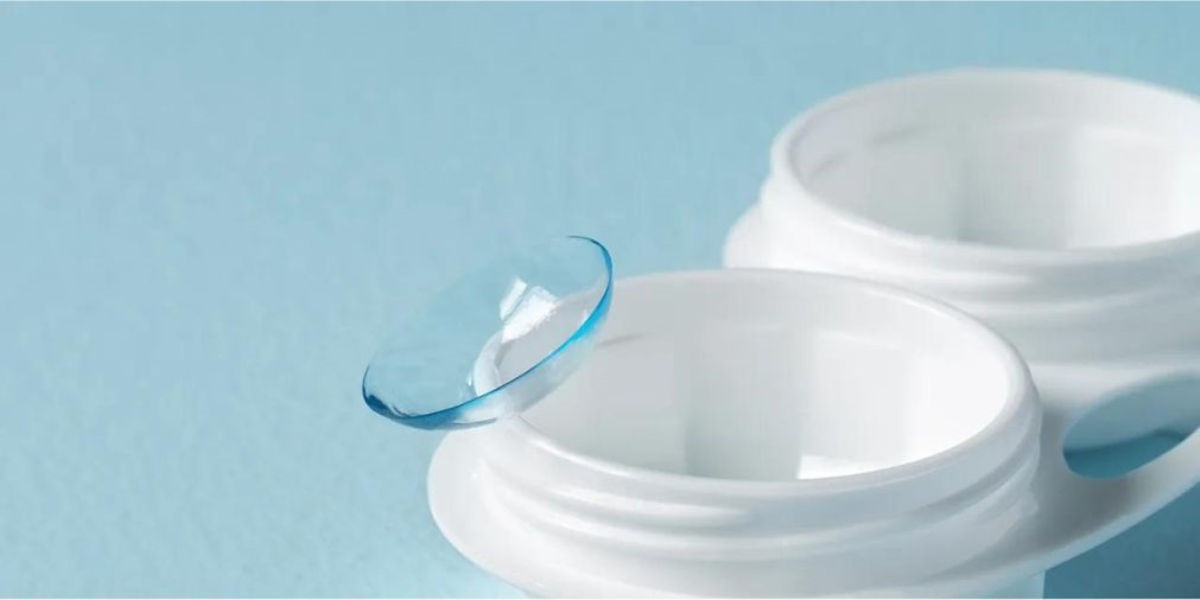While the focus often lands on the care and maintenance of the contacts lenses themselves, the role of the lens case is equally vital in maintaining eye health and clarity of vision. In this blog we delve into the significance of proper care for your contact lens case and the essential practices to ensure a safe and comfortable experience.
Despite their small size, contact lens cases are pivotal in safeguarding the hygiene and effectiveness of your two weekly and monthly lenses. Cases come in various designs tailored to specific needs and preferences, with each serving as a critical storage unit when lenses are not in use. for those who wear daily disposable lenses, no storage or solutions are required as they provide the ultimate in convenience of a fresh lens every day that is disposed of at days end.
Two common types of contact lens cases are the standard screw top case and the flip top. The former, with its secure screw top lids often detailing L and R with separate compartments for each lens, ensures minimal mix ups and maintains sterility. On the other hand, flip top cases offer modern convenience but can have a tendency to open if the lid is accidentally caught on something- maybe in a handbag.
Regular cleaning of a contact lens cases is paramount to prevent bacterial contamination, which can lead to infections and discomfort. Protein deposits from tears and solution residue can also accumulate, causing allergic reactions causing eye irritation, itching and redness.
The process of follow to ensure your lenses are being stored in a pristine environment every time involves ;
Disposing of the old solution when you remove your contact lenses
Use a lint free cloth to wipe out any residue, then rinsing out the case with new contact lens solution, ensuring it covers all surfaces.
Leave the case upside down with the lids off on a paper towel and allow it to air dry completely.
When ready to store lenses again use fresh solution in the clean dry case, completely covering the lenses.
Several practices should be avoided to uphold the hygiene and longevity of your case and lenses. These include refraining form using tap water in any part of the cleaning process, Amoebas are found in water sources and they can cause serious eye infections. Don't skip the cleaning routine outlined above . Replace cases every three months, they are not designed for longer term use as they develop scratches and cracks where bacteria hide. Try storing your case away from humid environments to mitigate bacterial and fungal growth.
In conclusion, prioritising the care of your contact lens case is integral to preserving both eye health and efficacy of your lenses. By adhering to proper cleaning practices and avoiding the common pitfalls, you can ensure clear and comfortable vision throughout your lens wearing journey.

